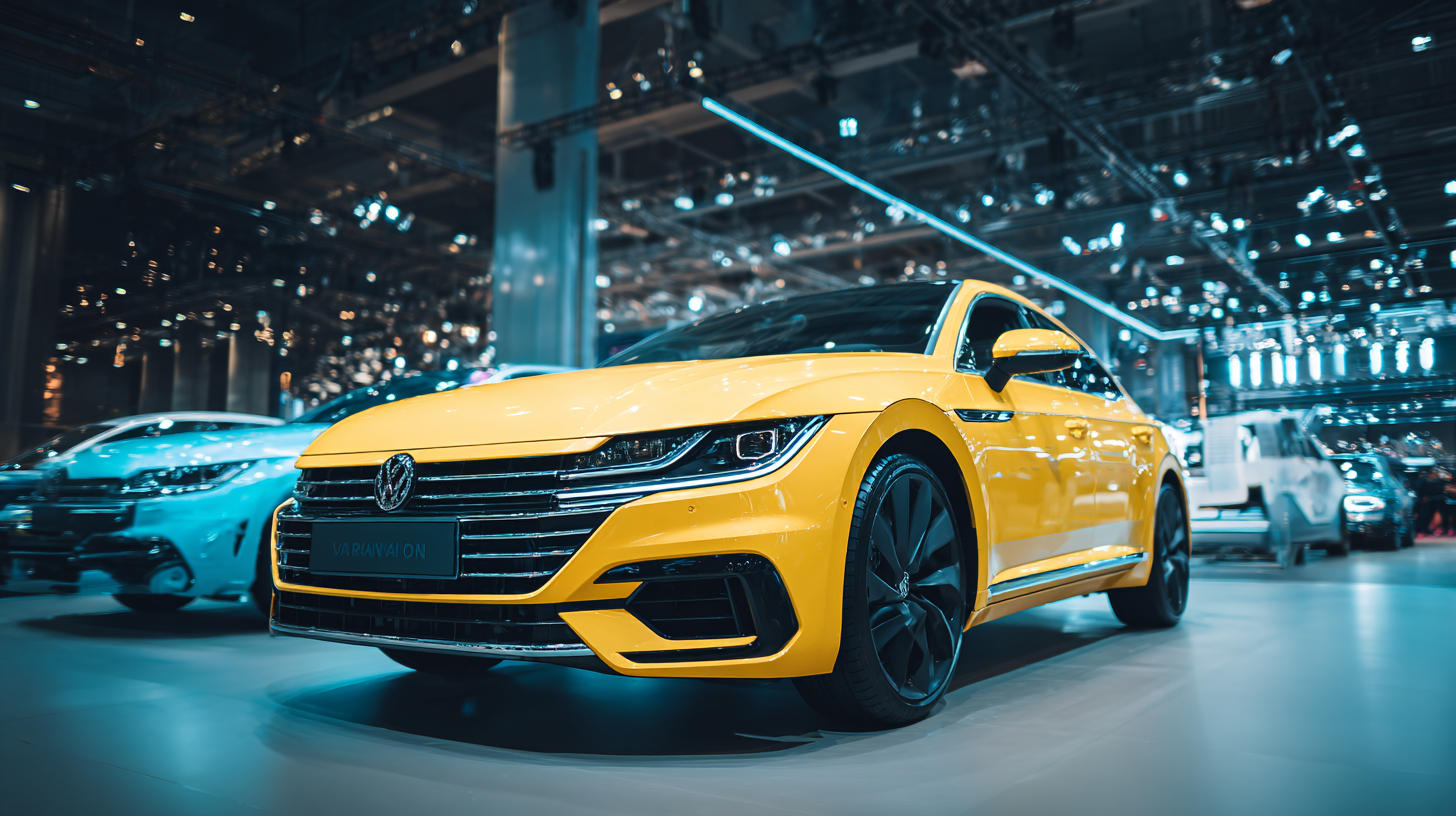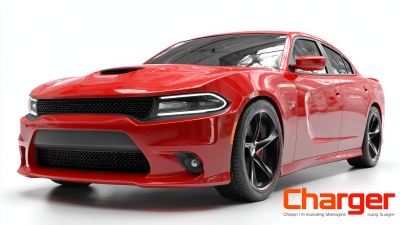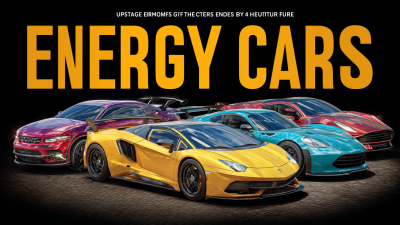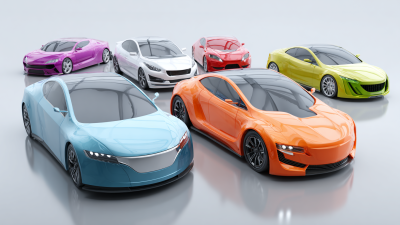Leave Your Message
As the automotive landscape continues to evolve, the 2025 China Import and Export Fair (Canton Fair) will play a pivotal role in showcasing the latest trends in vehicle type cars and their profound impact on the auto industry. According to a recent report by McKinsey & Company, the global car market is expected to grow by approximately 4% annually through 2025, driven largely by increasing consumer demand for electric and hybrid vehicles. Furthermore, analysis from Statista indicates that by 2025, electric vehicle sales in China alone could reach 6 million units, transforming the dynamics within the automotive sector. This shift not only highlights the rising importance of vehicle type cars but also emphasizes the necessity for manufacturers to adapt to new consumer preferences and sustainability standards. The insights gathered from the Canton Fair will thus provide invaluable foresight into the future trajectory of the auto industry amidst rapidly changing vehicle type trends.
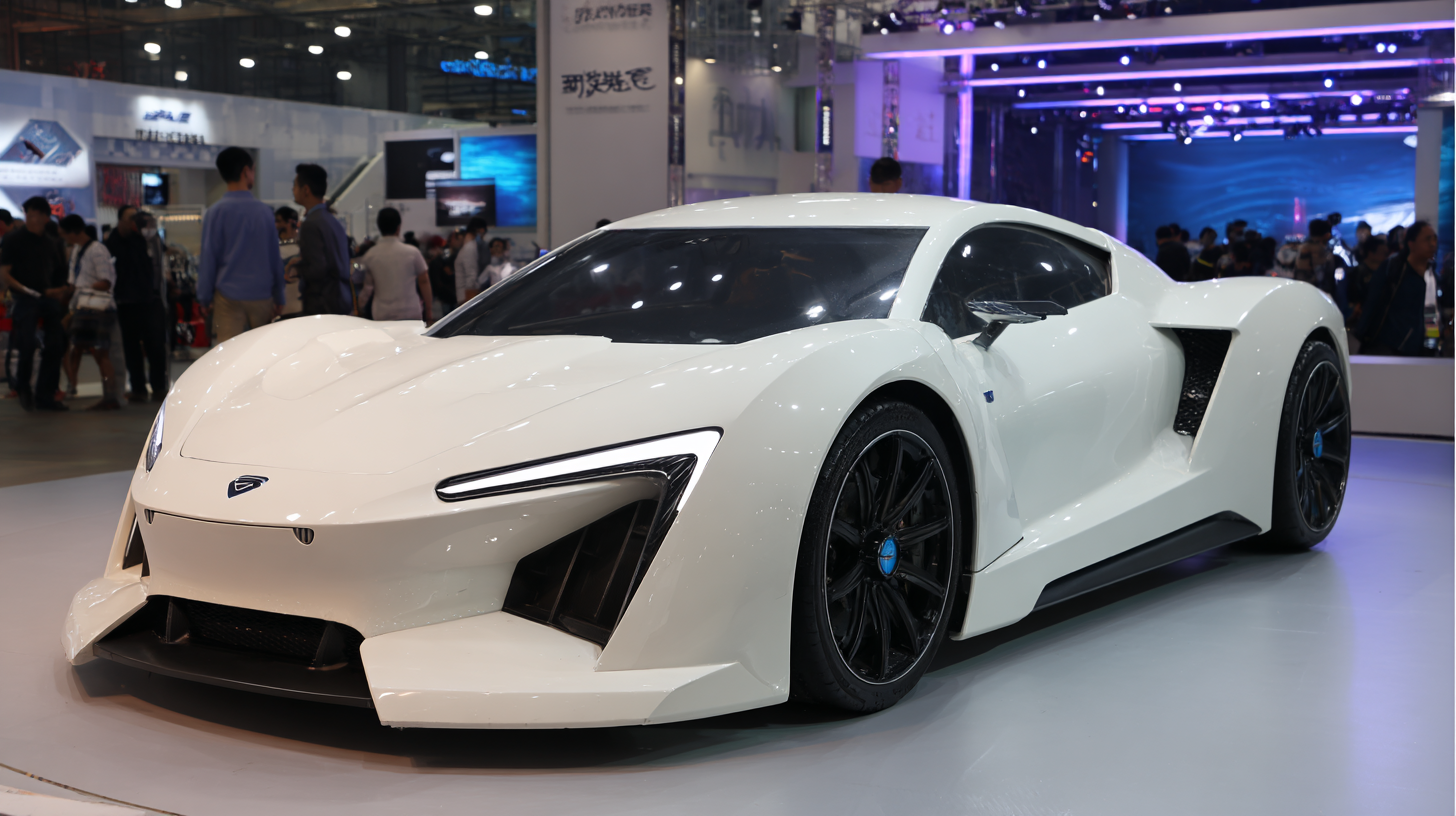
At the 2025 China Import and Export Fair, the auto industry is set to display a remarkable evolution in vehicle types, significantly shaping market trends. As consumer preferences shift towards sustainability and innovation, manufacturers are focusing on electric vehicles (EVs), hybrids, and smart technologies. The rise of EVs is not just a fleeting trend; it represents a fundamental shift in how the industry approaches design and functionality. Advances in battery technology and charging infrastructure are facilitating this transition, making electric driving more accessible to the masses.
Tip: For consumers looking to purchase a vehicle, consider not just the upfront cost but also the long-term savings associated with electric and hybrid models, such as lower fuel costs and potential tax incentives.
Additionally, the emergence of smarter vehicles equipped with autonomous driving capabilities is turning heads at the fair. This technological progress underscores a shift towards enhanced safety features and driving convenience. As connectivity and automation continue to evolve, consumers can expect vehicles that seamlessly integrate with their digital lives, offering features like real-time navigation and remote diagnostics.
Tip: Stay informed about the latest technological trends in vehicles, as advancements in smart technologies can greatly enhance your driving experience and vehicle performance.
The changing landscape of consumer preferences significantly influences vehicle choices in the automotive industry, particularly as seen at the upcoming 2025 China Import and Export Fair. As various vehicle types gain traction, the market for towing hitches is expected to expand, with different classifications — including Class I to Class V hitches — appealing to specific consumer needs in areas such as recreational vehicles and utility trucks. The demand for these products reflects a broader trend towards versatile vehicles that can accommodate various applications, driving growth across the sector.
In the used car market, the shift in consumer behavior towards hatchbacks, sedans, and SUVs indicates a preference for practicality and comfort. Insights from the 2023 global automotive consumer survey reveal that buyers are becoming increasingly discerning, influenced by features like fuel efficiency and technology integration. This evolving trend points to a more significant market share for vehicles that not only meet basic transportation needs but also offer added value in terms of lifestyle and convenience. As brands adapt to these shifts, the influence of consumer preferences becomes a critical factor in shaping future vehicle offerings.
| Vehicle Type | Consumer Preference (%) | Growth Trend (%) | Average Price (USD) |
|---|---|---|---|
| Sedan | 30% | 2% | 25,000 |
| SUV | 45% | 5% | 35,000 |
| Truck | 15% | 1% | 45,000 |
| Electric Vehicle | 10% | 10% | 40,000 |
As the automotive industry evolves, environmental regulations play a crucial role in shaping vehicle design and manufacturing processes. In anticipation of the 2025 China Import and Export Fair, manufacturers are increasingly complying with stringent standards aimed at reducing emissions and promoting sustainable practices. These regulations often dictate the materials used in vehicle construction, the technology implemented in engines, and the overall fuel efficiency of new models. By pushing automakers toward greener alternatives, these guidelines not only foster innovation but also encourage market competitiveness.
The emphasis on environmental regulations has led to a notable shift in consumer preferences as well. Buyers are becoming more conscious of the environmental impact of their purchases, driving demand for electric vehicles (EVs) and hybrid models. Consequently, manufacturers are investing in research and development to integrate advanced technologies that align with ecological standards. This shift not only revolutionizes production methods but also sets the stage for future automotive trends that prioritize sustainability alongside performance and style. As the automotive landscape continues to change, the intersection of environmental regulations and vehicle design will undoubtedly influence the industry's trajectory.
The automotive industry is undergoing significant transformations, particularly influenced by technological advancements that enhance vehicle performance and safety. One of the most impactful changes is the integration of artificial intelligence (AI), especially Generative AI, which plays a pivotal role in overcoming technological barriers to achieving vehicle autonomy. Recent studies indicate that AI-driven systems can optimize real-time decision-making processes in vehicles, significantly improving their performance metrics and safety features. For example, vehicles equipped with advanced safety systems have seen a reduction in accident-related fatalities by over 35% compared to models that lack such technologies.
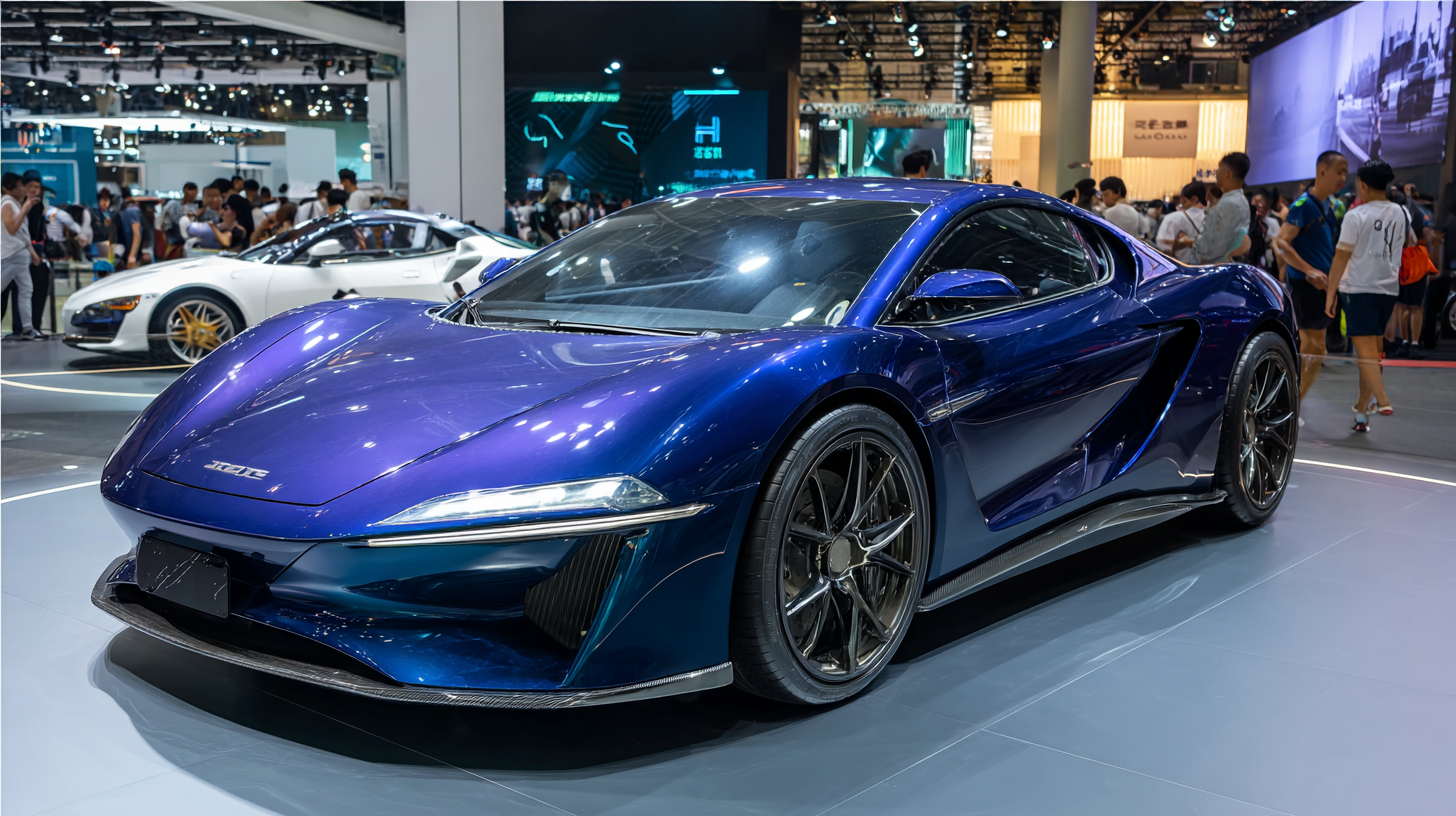
Additionally, as the push for electric vehicles (EVs) accelerates, innovations in battery technology, such as solid-state batteries, are set to revolutionize vehicle performance. These batteries not only provide greater energy efficiency but also enhance safety by reducing the risks of overheating and fire. Reports suggest that with advancements in EV technology, overall vehicle safety ratings have improved, showing a 20% increase in the number of cars achieving five-star ratings in crash tests. This trend points towards a future where enhanced performance and safety are foundational to new vehicle designs, ultimately reshaping consumer expectations and industry standards.
As we look beyond the 2025 China Import and Export Fair, the automotive industry is poised for significant transformation. According to a recent report from the International Organization of Motor Vehicle Manufacturers (OICA), the global market for electric vehicles (EVs) is expected to grow at a compound annual growth rate (CAGR) of 22% from 2025 to 2030. This growth will be driven largely by government regulations promoting sustainable energy and consumer demand for eco-friendly mobility options.
In China, the leading automotive market, projections indicate that by 2025, EVs could account for over 30% of new vehicle sales, driven by advances in battery technology and expanding charging infrastructure. A report by McKinsey & Company estimates that the market size for connected and autonomous vehicles could reach $700 billion by 2030, highlighting the importance of technology integration in shaping consumer preferences. The shifts in vehicle type trends toward electrification and connectivity will dictate the strategies of manufacturers, which will need to innovate rapidly to stay competitive in a landscape marked by evolving consumer expectations and stricter emissions regulations.
